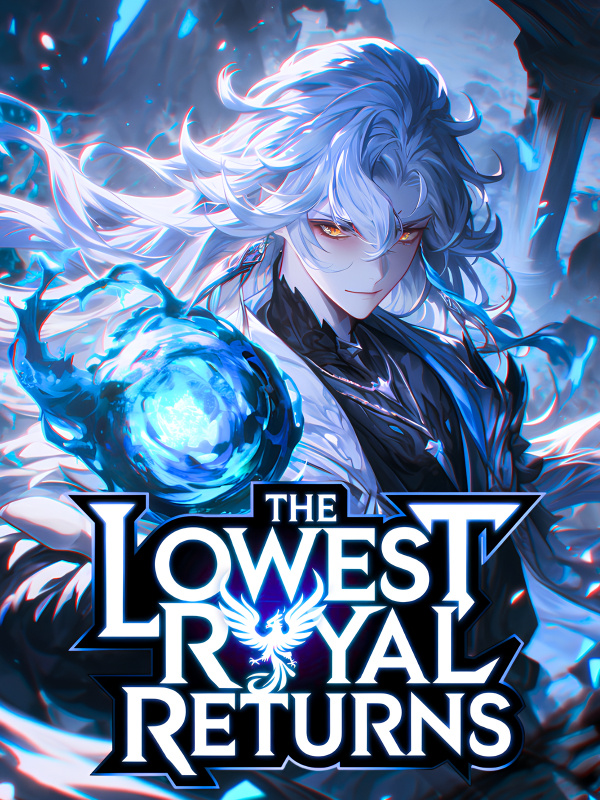©WebNovelPub
MTL - African Entrepreneurship Records-Chapter 157 windmill
Chapter 157 Windmill Mill
The capital of the northern plateau region, Karatu.
A tall windmill started to work. With the light wind blowing, the huge windmill blades began to rotate slowly, and the wooden blades and drive shaft made creaking sounds.
The commissioning personnel came down from the spiral ladder, and the huge wooden gear was fixed in mid-air inside the windmill. With the rotation of the external windmill blades, the gears and other parts inside the windmill also began to rotate, and the running track of the huge wooden gear was clearly visible.
"Okay, starting today, this windmill can start operating!" The technician said to the residents of Karatu after the windmill had been running for a while.
This windmill mill is just a microcosm of the Dutch windmills that were to be introduced at the beginning. At present, there are many new windmills in East Africa, but most of them are used for water diversion and irrigation. It is the first one that is used to power the mill.
"Seeing this windmill, I feel that the East African colony is almost the same as my hometown in Bavaria!" said a Bavarian immigrant.
In his hometown, there is also a windmill, which was built at the entrance of the village, where all the villagers go to grind noodles, so it is very impressive.
However, his comparison of the rural areas of Bavaria with the capitals of the East African region really makes people laugh, which fully demonstrates the fact that East Africa is a large rural area.
The East African colonies currently have only a few port cities and first towns in the coastal areas that can be compared with some small cities in Europe.
"Add wheat first to see how it works?" said the technician.
Two men pour half a sack of wheat into the bucket above the mill, a technician manipulates the ropes that control the mill of the windmill, and the mill begins to operate.
The millstone starts to rotate with the crankshaft, grinding the wheat grains, the wheat gathers towards the middle of the millstone, and gradually the wheat is swallowed by the millstone.
With the grinding of the stone mill, the grainy wheat began to turn into powder, and the bran turned into yellow semolina.
"It's working normally. This windmill can basically solve the local flour processing work." The technician said.
"It's that simple, it turns into flour?" a Chinese immigrant asked.
"Of course, all the flour in our place is made in this way. It's just that steam engines have been used in the city these years. The flour mills built are still large in scale and can be processed in large quantities, and the quality is much better than this. So most people in the city buy flour produced by the factory, but we still use windmills more in the countryside.” Said the immigrant from Bavaria.
Most Chinese immigrants use stone mills, driven by human and animal power, so they are curious about windmill mills.
"Before I was by the river, I thought it would be powerful enough to lift water, but I didn't expect it to be so useful." Said the Chinese immigrant.
Because of the increase in the population of Germans in East Africa and the promotion of adult education, many Chinese in East Africa are now able to communicate with European immigrants in simple German.
"I have also seen windmills. In fact, it is rare to see windmills used for irrigation in Germany." The Bavarian immigrant said.
The technician interrupted at this time: "If you really look at the purpose of the windmill, then our Netherlands is definitely world-class. Before the Netherlands, the windmill was the most important source of power.
We use windmills to divert water, make paper, process food, drive machines...
Even a lot of our land was snatched from the sea with windmills.
That is to say, now that steam engines are widely used, the status of windmills is not as good as before. "
"Snatch land from the sea with windmills?"
"Yes, the Netherlands is a low-lying country, connected to the sea. In the past, a lot of our land was covered by the sea and swamps. We built dikes and then used windmills to drain the water in the dikes, so that a lot of land was used. Farming and living.” The Dutch technicians complacently introduced the stories of their windmills and the Netherlands.
This is hard to imagine for the Chinese and Bavarian immigrants living inland. The only time they saw the sea was when they traveled to East Africa by immigrant boats. Even before they came to East Africa, they never left their villages.
"I have seen the sea once in my life. It was during the days when I was drifting on the sea. But the sea is so big, and you Dutch can still grab the land from the sea. It's amazing!" the Bavarian immigrant admired sincerely.
Technical staff from the Netherlands are very happy to hear this. After all, it is a proud thing to hear others praise their country.
In fact, the cultural level of Dutch technicians is not high, but they were hired by the East African colonies because of their skills in building windmills.
But compared with the Chinese and German bumpkins who have never seen the world, the sense of superiority immediately comes up.
East Africa actually has its own flour mill, just in Bagamoyo, but the flour produced by that factory is mainly used for export to Europe, not to meet the milling needs of East African immigrants.
So every village and town in the East African colony still has to solve the processing of wheat and other rations by itself.
Before it was done by manpower, and even the stone mill was not enough in the early stage. Later, some stone processing workshops in the Sultanate of Zanzibar were annexed, and the problem was solved by reorganizing personnel to produce stone mills.
As for pulling mills by animal power, East Africa has no conditions to do it. After all, it takes time to popularize animal power, and animal power has to breed and grow, and there are a lot of animal power in East Africa, many of which are still used to pull carts or for the army.
So all parts of East Africa can only use the aborigines as animal power, and use the aborigines to pull the mill.
But the aborigines are also an important labor force after all. They are used in building bridges and paving roads, digging ditches and canals. In addition, East Africa intends to control the scale of the aborigines, so the aborigines are not as rich as expected as a labor force.
Now that the East African colonies are building windmills, at least more indigenous people can be saved and invested in other projects.
Moreover, after the windmill is built, it can be used for a long time. As long as the parts are replaced and maintained, it will not be a problem to use it for more than ten years.
Don’t even think about a more advanced steam engine. The price of that thing is too high, and it is very difficult to popularize it. However, East Africa can make and provide windmill materials by itself.
Just like the canvas on a windmill, the unsalable sisal cloth in East Africa can come in handy, and there is an unlimited supply of stone and wood.
And windmills are not considered backward. Both Europe and the United States are still using windmills in large quantities. After all, where is the cost of steam engines.
Among them, in the western development of the United States, in order to solve the water problem for humans and animals, many windmills have been built, which are the famous farm windmills in the United States in the previous life.
The windmills in the United States are different from the windmills in the East African colonies. The windmills in the United States are rich and powerful. Many metal parts are used in the windmills of the United States, and even metal blades are used. After all, the steel production in the United States is high, but it is not possible to do it in East Africa.
(end of this chapter)
![Read The Royal Military Academy's Impostor Owns a Dungeon [BL]](http://static.novelbuddy.com/images/the-royal-military-academys-impostor-owns-a-dungeon-bl.png)





